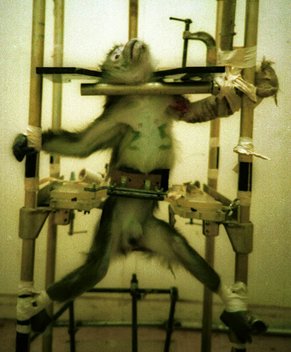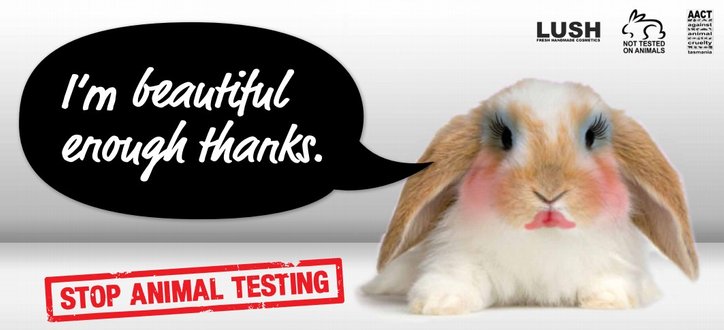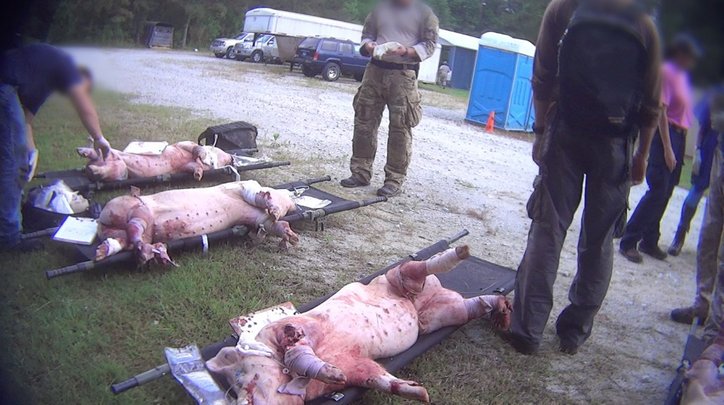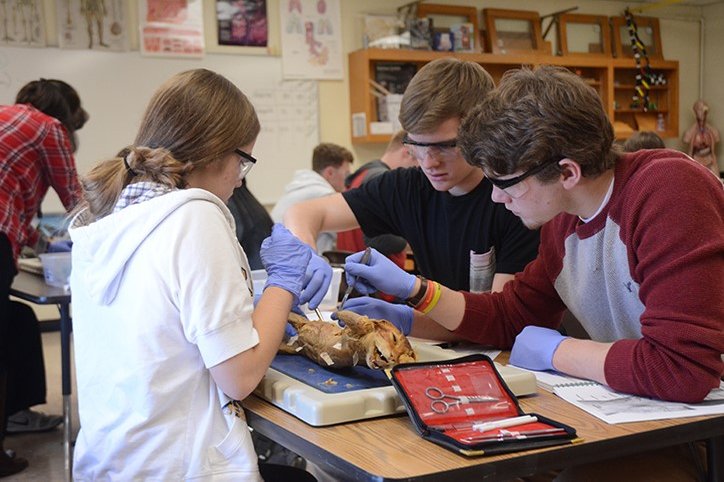Animal Testing: Killing Animals for the sake of research
Each year more than 115 million animals are socially isolated, force fed, traumatized, crippled and abused for the sake of research and experimentation. These animals are latched inside puny cages, awaiting the next experiment to be performed on them.
Since animals have 95% genetic similarities to humans, scientists feel that animals are the best alternatives to cure human diseases. That is why these animals are used as bait by the researchers to fulfill their scientific curiosity.
Research & Applications
Cosmetic Testing
Cosmetic testing on live animals is done to examine products’ safety for human usage. This is done to check redness, rashness, irritation, and other signs of damages caused by beauty products. Though cosmetic testing has been banned in Norway, India, European Union, and Israel but certain countries like the USA continue to allow their companies to test high-risk toxins on live animals. Several animals die during the process and many are hardly provided any pain reliefs.
Some of the companies that do cosmetic testing on animals are Johnson & Johnson, Avon Products, Colgate-Palmolive, L’Oréal, Unilever etc.
Military Training
Animals are used in military training to replicate the battlefield injuries to train the medics to handle the war-like situations. Some of these training include amputating a goat leg to cause severe blood loss. In other procedures pigs are exposed to gunshot wounds and the trainee is asked to keep the animal alive.
Use of animals in military training has been highly controversial and has been kept hidden from public’s knowledge. In 2012 PETA released a video footage of US army, stabbing an unconscious goat. Following the incidence, the army pledged to reduce the use of animals in military training.
Education Sector
Annually, more 20 million animals are used in the US for teaching anatomy and other aspects of biological science. Almost half of the animals used in education are killed for performing dissection in the Biology classes. Animals commonly used for dissection include rats, mice, frogs, earthworms, cockroaches etc.
Who’s Funding it?
Taxpayer’s money funds animal testing. Each year the US government provides billion dollars’ worth of budget to EPA (Environmental Protection Agency). EPA works towards protecting human health and the environment through analysis, research, and experimentations. The majority of these experiments involve testing of pesticides & other chemicals on the animal skins, to determine their toxicity levels.
National Institutes of Health (NIH) a biomedical research center, spends a huge part of its budget in animal research and analysis.
Animals Researchers also get funding from certain cosmetic companies.
Animals At Threat: Even though rats & mice constitute 95% of the research animals, but they’re still excluded from Animal Welfare Act(AWA). Thus, majority of the animal testing laboratories never face any government inspections or laws.

Vacanti Mouse: In 1997, Dr. Vacanti grew an ear on the back of a mouse.
Primate Research: Primates have the same brain structure and functional features as humans. They experience the same discomfort & pain as humans.
Cosmetics: Several cosmetic companies test their beauty products on animals. After the results are recorded, the majority of animals are killed as they no longer serve any purpose.
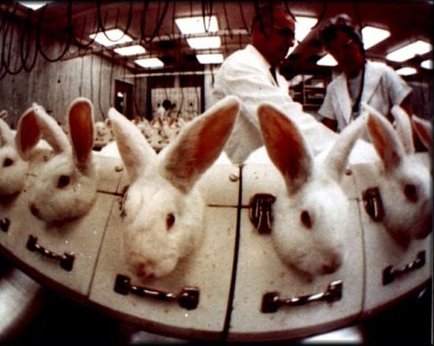
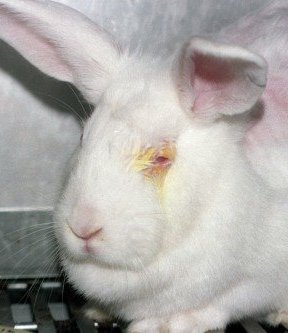
Eye Irritancy Test: Draize Test also known as the eye irritancy test was developed by the FDA(Food and Drug Administration). In this, toxic chemicals are dropped inside rabbit’s eyes. Albino Rabbits are particularly chosen for this test, due to lack of eye pigment, making it easier to determine outcomes.
Cosmetics: Companies that test their products on animals.
Military Training: Pigs are subjected to gunshots and knife injuries and the physician is asked to keep the animal alive. All this is done to replicate the battlefield injuries to train the medics to handle the war-like situation.
Biology Classes: Each year more than 10 million live animals are killed in the US for educational purpose.
Alternatives to animal testing
Medicines and vaccines that work on animals are not guaranteed to be working on humans. In fact, 94% of the drugs that are tested successfully on the animals, fail on humans. Animal testing is not only expensive but also endangers the life of captured animals. It’s cruel & unfair to exploit someone else’s life for your own selfish intentions.
Nowadays there are several sophisticated computers that can replicate the human organs like heart, lungs, skin etc. They are equally capable of performing experiments similar to animal testing. Cells and tissues contributed by human volunteers can be used for performing the similar experiments with lesser cost.


























